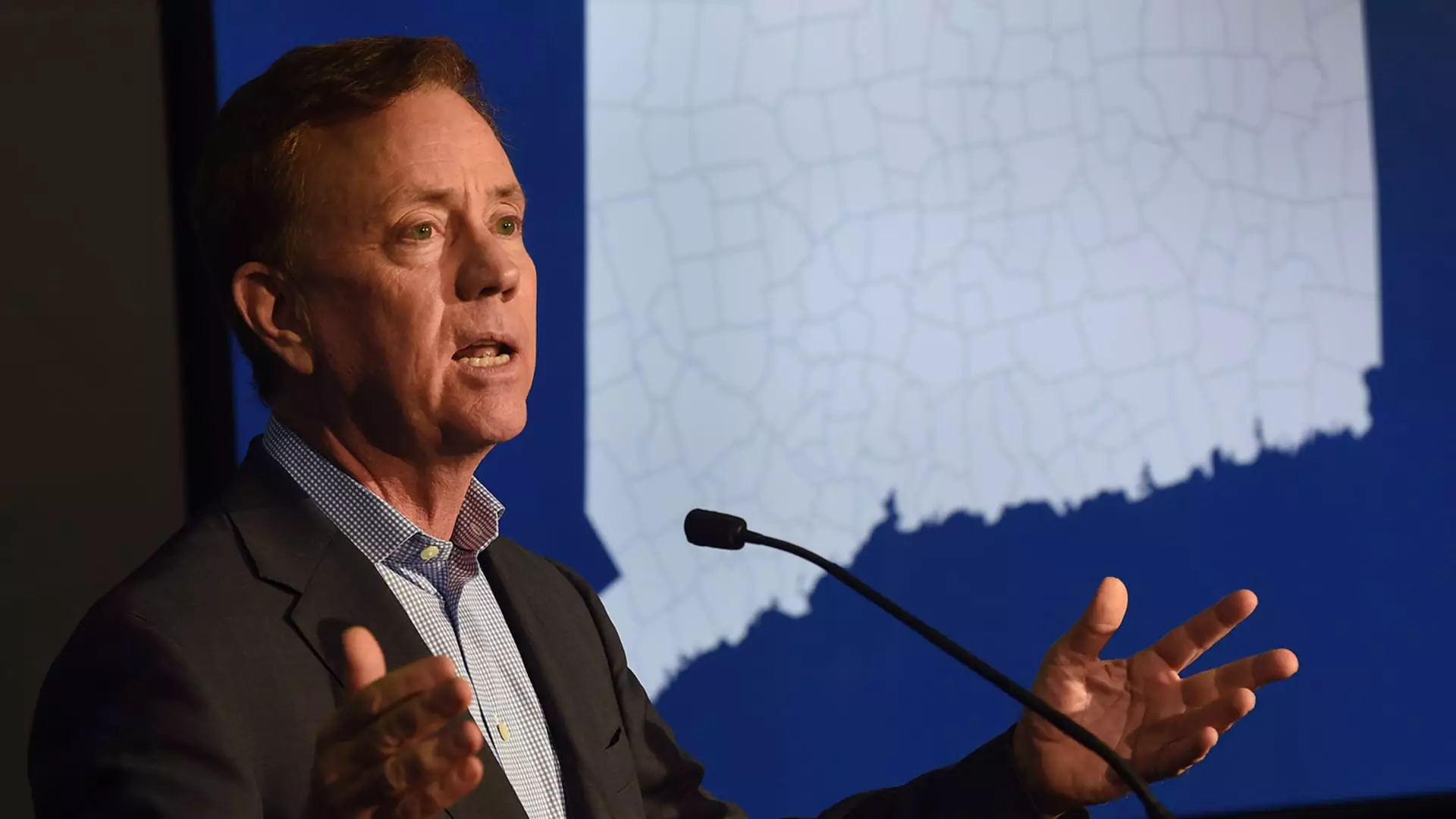In an effort to address the income gap and improve access to higher education, the state of Connecticut has implemented several programs to pave the way for college attendance and alleviate student debt. While these initiatives aim to level the playing field and provide opportunities for underserved communities, their impact and effectiveness remain questionable.
One of Connecticut’s strategies to make college more affordable is the introduction of a free tuition program for students attending community colleges. This “last-dollar” scholarship covers remaining tuition and fees after federal aid and grants are applied. While this may seem like a step in the right direction, concerns have been raised about the program’s limitations. Critics argue that free college programs do not account for additional expenses such as books, room, and board, which can still pose a significant financial burden on lower-income students.
To make a four-year degree more accessible, Connecticut has rolled out an automatic admission program for high school seniors in the top 30% of their class. The goal is to streamline the college application process and encourage more students, particularly from underserved communities, to pursue higher education. While this initiative aims to remove barriers to college access, the overall cost of obtaining a degree remains a significant deterrent for many lower-income students.
Another approach taken by Connecticut is the implementation of a student loan repayment program to reduce graduates’ debt burden. By offering tax credits to employers who assist in paying off their employees’ student loans, the state hopes to incentivize businesses to hire and support recent graduates. However, critics argue that borrowers may benefit more from salary increases rather than employer-backed loan repayment programs, highlighting the need for more comprehensive solutions to address student debt.
While these programs are steps in the right direction, closing the wealth gap and improving access to higher education requires a multifaceted approach. Sandy Baum, a senior fellow at the Urban Institute’s Center on Education Data and Policy, emphasizes the importance of providing academic and social support in addition to financial aid to improve student outcomes. Simply getting students through the door of higher education institutions is not enough; ensuring their success and completion of their studies is crucial in narrowing the income divide.
While Connecticut’s efforts to enhance access to higher education are commendable, there are still significant challenges that need to be addressed. Programs like free tuition at community colleges and automatic admissions for high school seniors are important steps, but more comprehensive solutions are needed to truly level the playing field. By providing ongoing support and assistance to students throughout their college journey, states can work towards closing the wealth gap and promoting social mobility through education.

